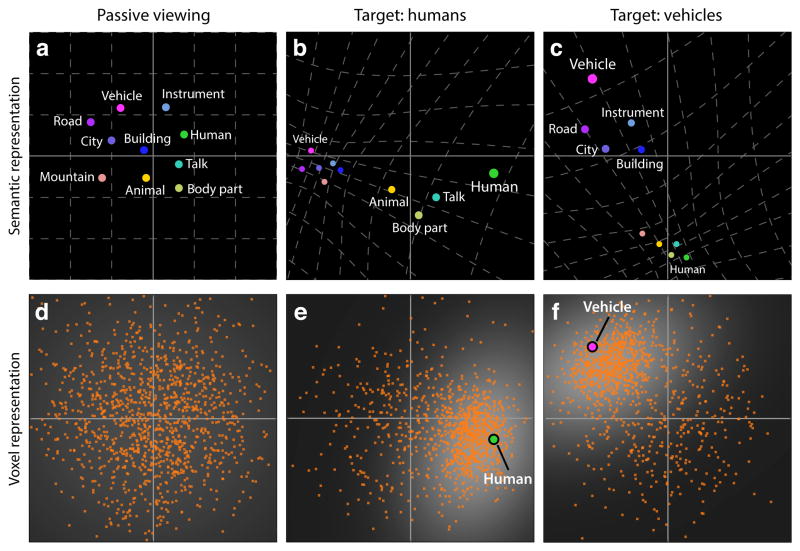Figure 1. Tuning-shift hypothesis predicts that attention warps semantic representation.
Hypothesized changes in semantic representation (top panel). Previous studies suggest that the brain represents categories by organizing them into a continuous space according to semantic similarity. a, During passive viewing semantically similar categories project to nearby points in the semantic space. b–c, The tuning-shift hypothesis predicts that attention to one specific category expands the representation of both the attended and nearby categories within the semantic space, and compresses the representation of distant categories. Attentional warping of semantic representation implies corresponding changes in voxel-wise semantic tuning (bottom panel). d, During passive viewing cortical voxels (orange dots) are tuned for different categories, and so they can also be visualized within the semantic space as in a. e–f, During visual search many voxels should shift their tuning toward the attended category in order to expand representation of the corresponding part of semantic space. This causes fewer voxels to be tuned for distant categories.

